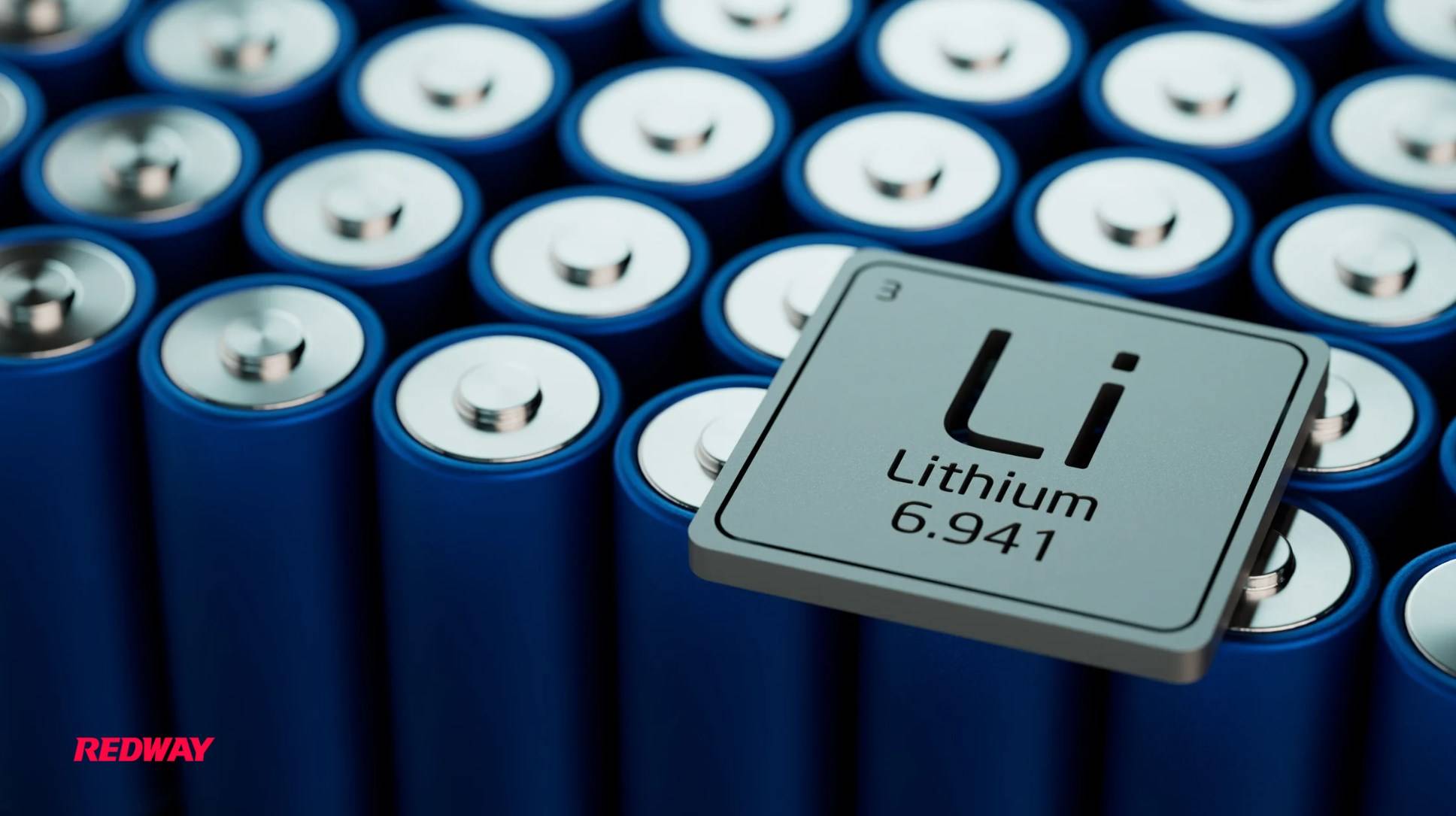The global lithium-ion battery recycling market is projected to reach $26.56 billion by 2032, driven by increasing demand for sustainable energy solutions and stringent environmental regulations. This market focuses on recovering valuable materials from used batteries, which is essential for reducing waste and conserving natural resources.
What Is the Current Size of the Lithium-Ion Battery Recycling Market?
As of 2023, the lithium-ion battery recycling market was valued at approximately $5.4 billion. It is expected to grow significantly, with projections indicating a market size of $26.56 billion by 2032. The growth is fueled by rising electric vehicle adoption and increased consumer electronics usage.
| Year | Market Value (USD) |
|---|---|
| 2023 | $5.4 billion |
| 2032 | $26.56 billion |
What Are the Key Drivers of Market Growth?
Several factors are driving growth in the lithium-ion battery recycling market:
- Increased Electric Vehicle Adoption: The rise in electric vehicle production leads to a greater volume of end-of-life batteries.
- Environmental Regulations: Governments are implementing stricter regulations regarding battery disposal and recycling.
- Resource Recovery: The need to recover valuable materials such as lithium, cobalt, and nickel drives recycling efforts.
| Driver | Description |
|---|---|
| Electric Vehicle Adoption | Higher demand for battery recycling |
| Environmental Regulations | Stricter laws promoting recycling |
| Resource Recovery | Economic benefits from reclaiming valuable materials |
How Are Different Battery Types Affecting Recycling Processes?
The type of lithium-ion battery significantly influences recycling methods:
- Lithium Cobalt Oxide (LCO): Commonly found in consumer electronics; requires specific hydrometallurgical processes.
- Lithium Iron Phosphate (LFP): Easier to recycle due to its stable chemistry.
- Nickel Manganese Cobalt (NMC): Complex recycling processes due to varying compositions.
| Battery Type | Recycling Method |
|---|---|
| LCO | Hydrometallurgical processes |
| LFP | Simpler recovery techniques |
| NMC | Complex due to composition variations |
What Are the Major Challenges Facing the Industry?
The lithium-ion battery recycling industry faces several challenges:
- High Costs: The cost of recycling technologies can be prohibitive.
- Technological Limitations: Current methods may not efficiently recover all valuable materials.
- Supply Chain Issues: Securing a consistent supply of end-of-life batteries for recycling can be difficult.
| Challenge | Description |
|---|---|
| High Costs | Expensive technology limits growth |
| Technological Limitations | Inefficiencies in material recovery |
| Supply Chain Issues | Difficulty in sourcing batteries for recycling |
How Is the Market Expected to Grow by 2032?
The lithium-ion battery recycling market is expected to grow at a compound annual growth rate (CAGR) of approximately 20% from 2024 to 2032. This growth is attributed to increasing environmental awareness, advancements in recycling technologies, and rising demand for sustainable energy solutions.
| Year | Projected Market Value (USD) |
|---|---|
| 2024 | $16 billion |
| 2032 | $26.56 billion |
What Innovations Are Emerging in Battery Recycling Technology?
Recent innovations in battery recycling technology include:
- Hydrometallurgical Processes: More efficient methods for extracting metals from spent batteries.
- Direct Recycling Techniques: Processes that allow for higher recovery rates with less energy consumption.
- Automation and AI: Technologies that enhance sorting and processing efficiency.
| Innovation | Description |
|---|---|
| Hydrometallurgical Processes | Improved extraction efficiency |
| Direct Recycling Techniques | Higher recovery rates with lower energy use |
| Automation and AI | Enhances efficiency in sorting and processing |
Redway Battery provides high-quality lithium batteries that can be used as alternatives or complements to traditional battery technologies, ensuring reliable energy storage solutions.
Buy Wholesale Battery Tips
For businesses looking to purchase batteries suitable for various applications, partnering with a reliable manufacturer is essential.Redway Battery, with over 13 years of experience, is an excellent choice for battery wholesale buyers or OEM orders clients overseas. To place an OEM order from Redway:
- Identify your specific battery requirements.
- Contact Redway’s sales team with your specifications.
- Discuss pricing, minimum order quantities, and lead times.
- Finalize your order details and confirm production timelines.
This process ensures you receive top-notch products tailored to your needs while benefiting from competitive pricing.
Industrial News
The lithium-ion battery recycling market is rapidly evolving, driven by increased demand for electric vehicles and stringent environmental regulations worldwide. Recent reports indicate that innovations in recycling technologies are making it more feasible and cost-effective to recover valuable materials from spent batteries, thus supporting sustainability goals across industries.
Redway Expert Views
“Investing in advanced recycling technologies is crucial for meeting future demand for lithium-ion batteries,” states an expert at Redway Battery. “As we move towards a more sustainable future, effective recycling will play a pivotal role in reducing waste and conserving resources.”
Frequently Asked Questions About Lithium-Ion Battery Recycling
- What is lithium-ion battery recycling? It is the process of recovering valuable materials from used lithium-ion batteries to prevent waste and conserve resources.
- Why is it important? It reduces environmental impact, recovers critical materials, and supports sustainability efforts.
- What challenges does the industry face? High costs, technological limitations, and supply chain issues are significant barriers.
- How can I participate in battery recycling? Many local programs accept used batteries; check with local waste management services or retailers for options.



